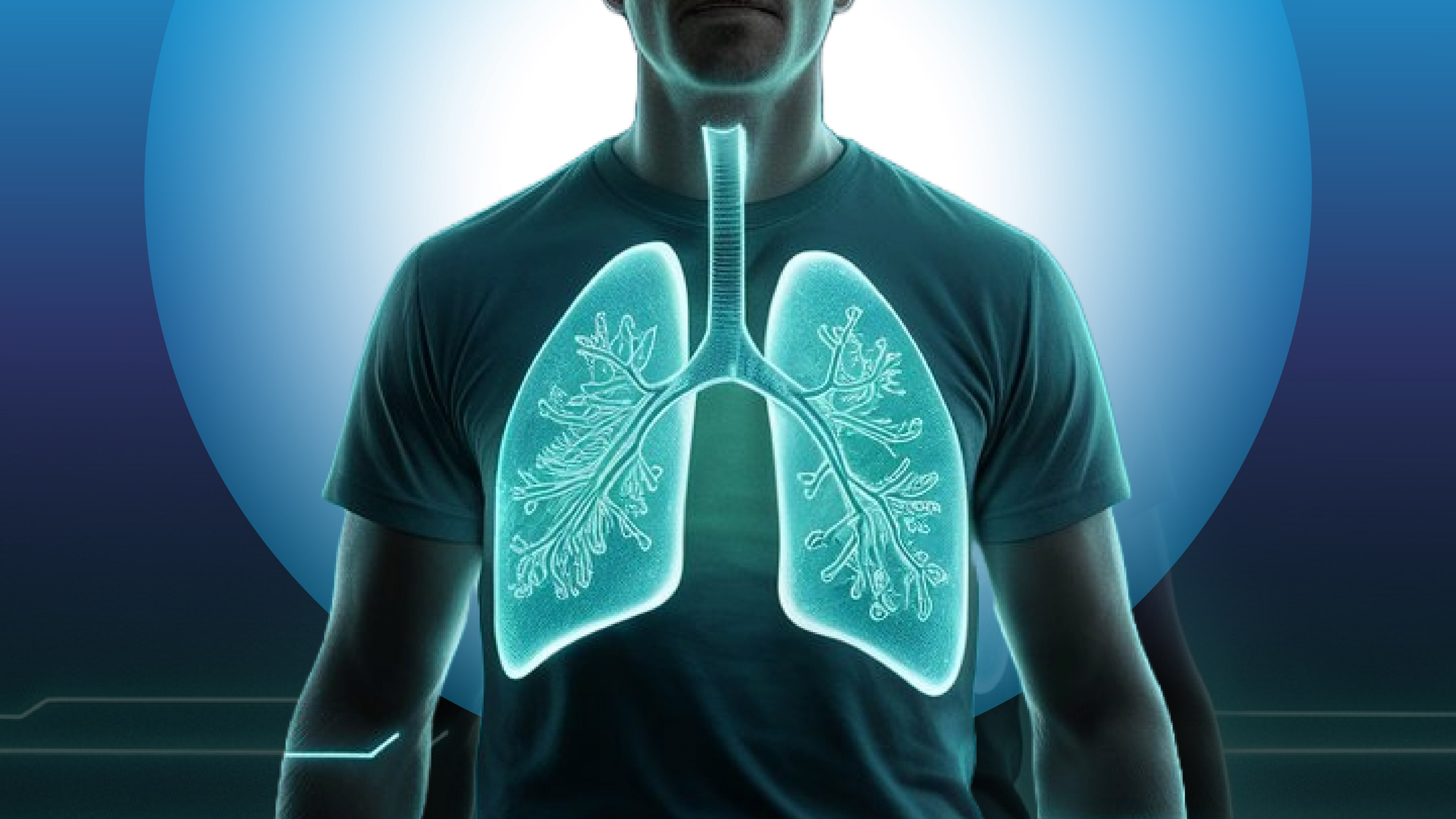As this scorching hot summer testifies, climate change isn’t coming — it’s already here. So how can tech help us detect, measure and adapt to the effects of global warming? We spoke to four startups about how they’re making us better equipped to face earthquakes, air pollution and farming in a hotter world.

The problem: While there’s no clear correlation between climate change and earthquakes, according to Nasa, changes in stress loads on the earth’s crust from periods of drought can be significant. During global warming, it certainly wouldn’t hurt to monitor earthquakes more closely.
The old method: Using a combination of seismological instruments, geodetic measurements, and advanced technologies to detect and analyze seismic activity. However, maintaining such extensive networks require significant investment and ongoing costs. Such solutions can provide a few seconds to a minute of advance notice, depending on various factors. This means you only have a matter of seconds to minutes to respond. The result? Just enough time to quickly take cover under the nearest table for safety.
The new method: Astrotectonic (who will soon be known as Astroteq) provide an earthquake AI forecast system. They base forecasts on as multiple earthquake precursors. Think: cosmic ray data, earth observation data like SAR interferometry, and thermal imaging, among others. This solution is able to mean days or even a few weeks of advanced notice time. This enables people to take safety measures, such as evacuating, shutting down expensive equipment, and ultimately, reducing injuries and saving lives.

The problem: Climate change is intensifying droughts. Warmer temperatures enhance evaporation which reduces surface water and dries out soils and vegetation.
The old method: Farmers would walk through their fields and examine the earth. Then they would use their intuition to decide what the soil needed. Since they would only walk to places near their farm, fields that are far away wouldn’t be closely monitored. This was an unreliable method since it wasn’t possible to visit each field each day, and the weather affects fields differently. Sensors could also be used, but it’s very expensive to deploy thousands of sensors. This doesn’t even touch on the fact that if a tractor drove over a sensor, it could break it.
The new method: World from Space uses IoT data and satellite data to give farmers information about soil moisture. This means they can seed, fertilize, and irrigate their different fields effectively. A map is generated, which is entered into the tractor. The person driving the tractor then knows which parts of the field need different amounts of seeds and fertilizer. This reduces the cost of farming since you only use the correct amount of seed or fertilizer required, and also reduces waste. This way the farmer can increase their yield by up to 10%.

The problem: Climate-driven changes in weather conditions, like temperature and precipitation, are expected to increase ground-level ozone and particulate matter (such as windblown dust from droughts). These changes worsen existing air pollution, and exposure can lead to health problems.
The old method: Two methods are currently used: one is based on terrestrial networks largely provided by governments, who use very expensive devices, and can’t afford to deploy many of them. So in a city like Rome, the government has only used 14 devices, one every square kilometer — this means you’re looking at a complicated picture of pollution with a 14-pixel monitor. The other tool is earth observation available from satellites but the satellite cannot provide a detailed image.
The new method: Startup PlanetWatch offer dense networks of sensors originally created for research which are 50-100x cheaper than governmental ones. These don’t provide as precise measurements as the government equivalent. However, they are effective at detecting pollution trends and variations, so by deploying a very large number of sensors, you’re able to get a more comprehensive understanding of air pollution. They also use blockchain to gamify providing air pollution data. They use blockchain to gamify providing real-time hyperlocal air pollution data. If you (anyone can become a PlanetWatcher) deploy sensors and monitor pollution levels, you will be rewarded with tokens — in less-well covered areas of the city, you can get higher rewards.

The problem: Climate change means the weather is becoming increasingly erratic and extreme. We’re seeing meteorological events happen that wouldn’t generally happen if global warming didn’t exist. This matters because of the way we’ve been predicting the weather so far.
The old method: We’ve been using roughly the same method since 1922, when Lewis Fry Richardson created the first weather report. These forecasts are less accurate and more computationally heavy because it’s challenging, using this method, to incorporate anomalies. A traditional weather forecast doesn’t react strongly enough in many cases to data it’s not expecting to see.
Another issue is that the weather measurement networks that deliver those meteorological markers aren’t as advanced in less developed countries. This means the same countries that will be hit worst by climate change (those based in the Global South) are sometimes the same ones where measurements are few and far between, so data is less accurate.
The new method: The startup Skyfora uses the newest neural network technology that takes in a number of different inputs. They take the numerical weather predictions from before, alongside raw data from satellites, and navigation satellite signals. Users must feed in much more data — ideal since machine learning is better at adapting to data. It also has more flexibility to deviate from what it’s seen in the past than the physics model. The result? A more accurate forecast. Plus, since they’re able to make accurate weather predictions for anywhere with GPS and other navigation satellite receivers, less developed countries will receive more accurate forecasts.

The problem: Ocean currents play a vital role in Earth’s climate. They transfer cold water from the poles and warm water from the equator and tropics. Understanding these patterns is crucial to understanding climate change, but the old methods aren’t entirely reliable.
The old method: Historically, ocean current data was sparse. Early shipboard and coastal measurements provided limited spot checks. Later, satellites offered wider spatial coverage but could only sample intermittently. The fragmented nature of these datasets mean limitations with real-time coverage and precision. As such, this method wasn’t always reliable in valuable sectors like offshore engineering, ship navigation and safety. Minus a comprehensive real-time picture, harnessing the currents for these areas is challenging.
The new method: The startup eOdyn integrates data from diverse platforms – satellites, marine traffic analysis, drifting buoys and more. Advanced assimilation techniques and machine learning stitch together this information into integrated models. They produce a high-resolution mapping of currents worldwide, enabling detailed short-term forecasts. Given the quality of these real-time current maps, they show promise for operational use in offshore engineering and maritime navigation.
This fusion of data sources provides a fuller understanding to benefit fields like weather prediction, shipping and climate research.


